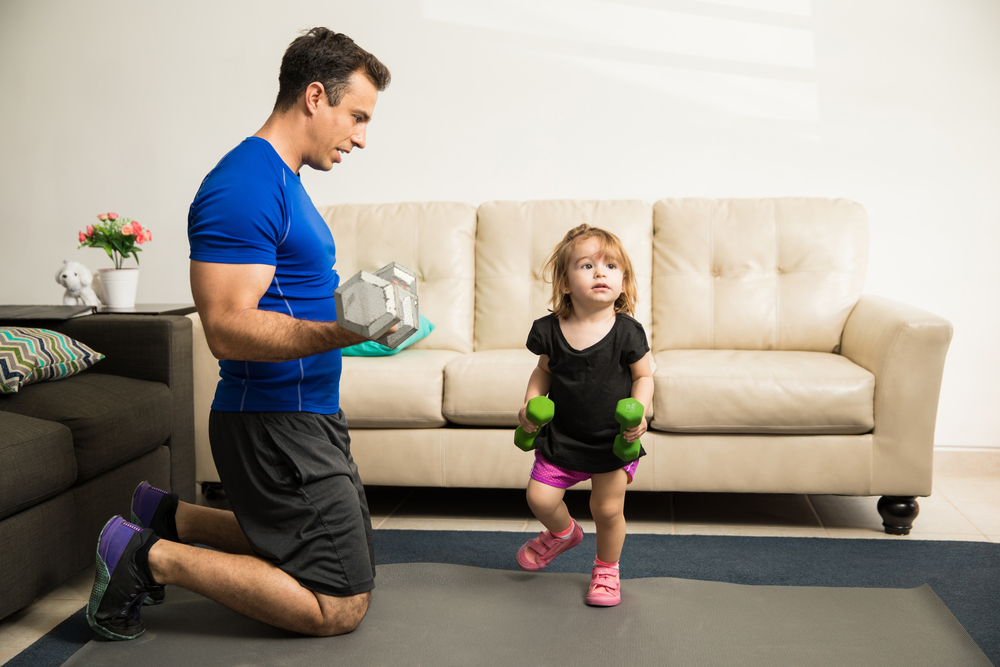It’s February, and the wave of New Year’s resolutions is still going strong.
The gym memberships are still being heavily marketed.
The weight loss programs continue to flood your feed with promises of the “new you.”
Fitness challenges are being launched with enthusiasm and urgency, pushing you to shed those lingering holiday kilos.
Sound familiar?
It’s easy to get swept up in the hype, but let’s take a step back for a moment. Culture shapes how we view ourselves and others, much like wearing sunglasses that adjust to the light. We often don’t realize we’re wearing them, and when everyone else is wearing the same glasses, we hardly notice the distortion they cause.
The fitness industry, for example, promotes a narrow idea of health—young, thin, and athletic. This message is ingrained in us through before-and-after photos, fitspiration memes, and the endless parade of 30-day challenges. But here’s the catch: this one-size-fits-all approach to health is outdated, harmful, and doesn’t reflect the diversity of bodies and experiences that truly make up well-being.
For decades, we’ve been told that to be healthy, we need to look a certain way. But if this approach worked, wouldn’t we have already seen a significant change in the rising rates of obesity and inactivity? Yet, year after year, the fitness and diet industries continue to profit, while real, sustainable health remains elusive for many.
So, how do you navigate the sea of pressure to “transform” and “detox” in 30 days?
Here’s the truth: Disordered eating and over-exercising can sneak up on anyone, especially women who feel the societal pull to conform to the narrow image of health: young, thin, and athletic. But this ideal can be damaging—not just physically, but mentally and emotionally too. And the problem is compounded by the cultural glasses we all wear that equate thinness with fitness and food restrictions with health.
Even the medical community isn’t immune to these influences, with outdated tools like the BMI scale still commonly used to assess health. The reality is, BMI doesn’t account for individual differences, and it certainly doesn’t offer a true reflection of someone’s well-being.
What can we do about this? We need to challenge the norm and embrace the diversity of health and fitness, recognizing that each person’s journey is unique. Early intervention is crucial when it comes to addressing disordered eating. The sooner we notice the signs, the easier it is to take action and make a positive change.
Here are my top 10 tips for fostering a body-positive culture for yourself and your children:
- Unfollow the Unrealistic: It’s time to let go of the Instagram accounts, social media feeds, and influencers who glorify an unrealistic, one-size-fits-all body type. We’re all aware that many images are heavily edited, so don’t let them dictate your sense of self-worth.
- Watch Your Self-Talk: Pay attention to the negative things you say about your body—out loud or in your head. Catch yourself when you start criticising your look and reframing it with something positive.
- Create Your Own Affirmations: Build a list of body-positive statements that resonate with your own experience, such as: “My body is strong,” “My body carries me through each day,” or “My body has the power to create life.” These affirmations should come from a place of self-empowerment.
- Stop Judging Other Women: It’s easy to fall into the trap of judging others by their appearance. Instead, focus on kindness, empathy, and the inner strength we all have. Every body tells a different story.
- Acknowledge the Comparison Trap: Recognize when you’re comparing your body to someone else’s. Just like fingerprints, no two bodies are the same, and that’s something to be celebrated.
- Change the Conversation: When conversations around body image or perceived flaws start to arise, don’t be afraid to change the subject. Redirect discussions toward more positive, supportive topics.
- Enjoy Food and Exercise for the Right Reasons: Food and exercise should never be treated as a reward or punishment. Both are integral to our well-being, and when we approach them with joy and gratitude, they become tools for self-care.
- Follow Body-Positive Movements: Check out pages like Body Positive Australia and others that share uplifting, empowering messages that focus on health in all its diverse forms.
- Read ‘Neuro-slimming’ by Dr. Helena Popovic: This book offers fascinating insights into the mind-body connection and the power of positive thinking in achieving mental and physical health.
- Know the “How Far is Too Far?” Resource: This website is an essential tool for health professionals, parents, and anyone wanting to understand when food, exercise, or body image behaviours cross into dangerous territory. It’s vital knowledge for preventing and addressing disordered eating.
Silence perpetuates the status quo. Change starts when we speak out.
Our society is constantly evolving, and with the power of social media, we have a unique opportunity to drive real change. We can challenge outdated narratives, promote body positivity, and embrace the fact that health looks different on everyone.
This February, let’s make it our resolution to not only be kind to ourselves but to use our voices to advocate for a more inclusive, body-positive world.
The time for change is now. The time for rejecting harmful fitness fads and embracing true well-being is now. Let’s start a movement that celebrates every body, every story, and every journey.
That’s the New You.
You might also like to read:
Exercise Motivation Tips for Busy Mums
When can women return to high impact exercise after having a baby?
How to keep stress at bay while you juggle work and family
Kiddipedia: Australia’s Fastest Growing Parenting Website









